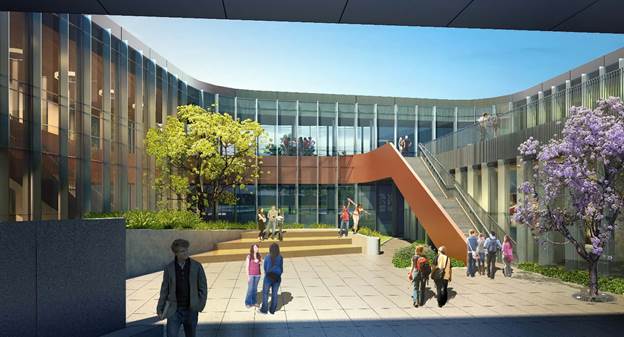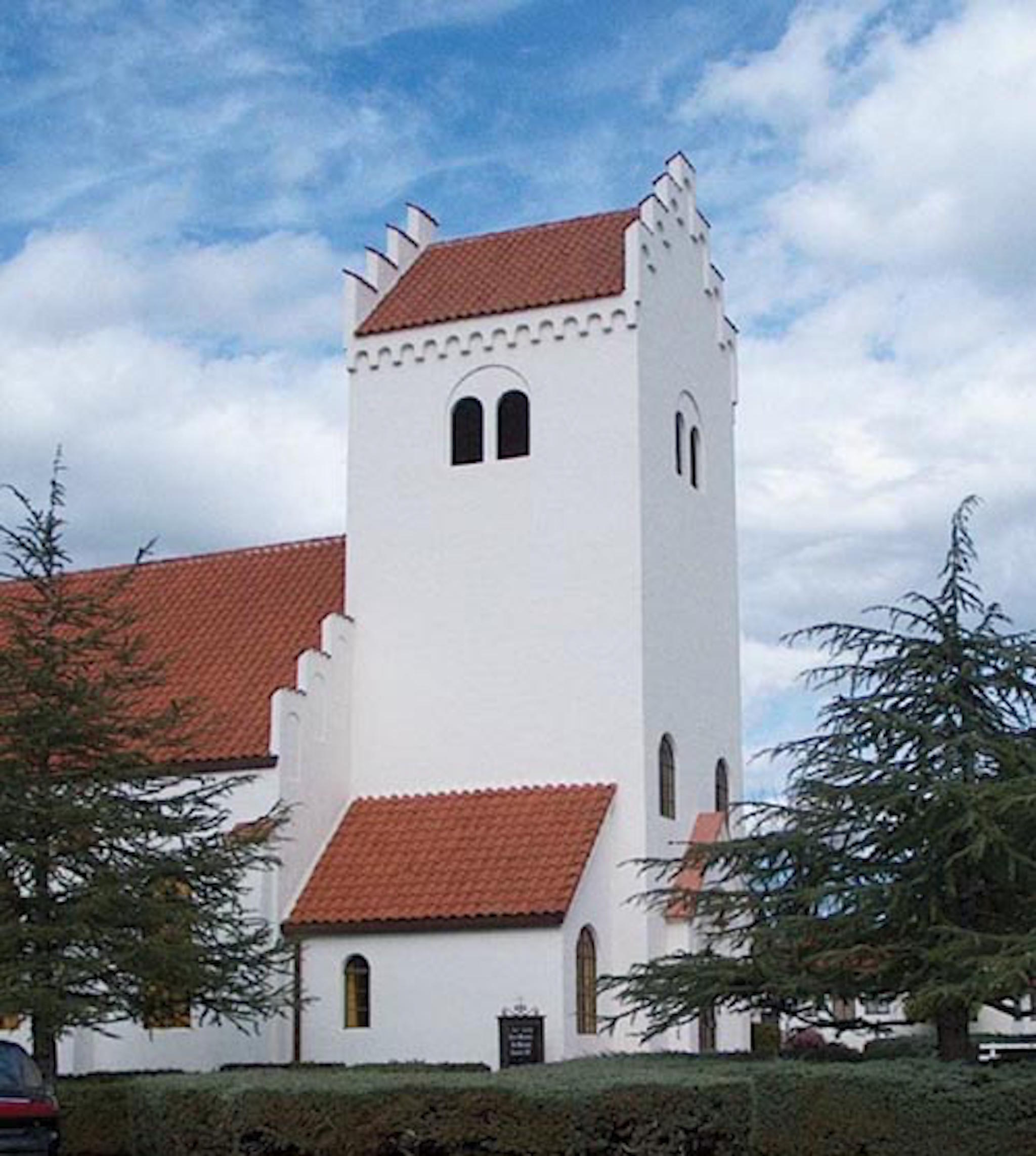Staff Report
Students, staff and faculty applauded after the Allan Hancock College Board of Trustees approved a resolution to place a bond measure on the November ballot during a special board meeting Friday morning. The bond measure will further help to ensure student success at the college by replacing buildings that are more than 50 years old, modernizing technology and providing additional support to academic programs, such as career technical education, public safety, fine and performing arts, kinesiology and athletics.
“This is not an issue of us not maintaining the buildings. Our facilities crews go above and beyond the call of duty. This is an issue that the buildings are 55 years old. They are passed their useful life,” said Hancock Superintendent/President Kevin G. Walthers, Ph.D.
Based on the college’s Facilities Master Plan, created through the college’s shared governance process, the project list for the $75 million bond includes: the Fine Arts Complex; physical education and athletics facilities; upgrades to the Public Safety Training Complex at the Lompoc Valley Center; support for the technical theater and PCPA program in the Santa Ynez Valley; and the continued investment in campus technology.
Trustees said the measure would continue the college’s momentum and make the much-anticipated fine arts project a reality. The project calls for a 68,000-square foot, two-story building that includes a recital hall and state-of-the-art classrooms and labs for the college’s art, dance, drama, film, graphics, music, photography, multimedia arts and communications programs. Currently, the college’s fine arts department is housed in five buildings, nearly all were built in the 1960s.
“We have $24 million sitting in Sacramento with the state to build our Fine Arts Complex. We need this bond to complete that building, or we will lose $24 million,” said Trustee Greg Pensa, who represents the Santa Ynez Valley. “If we are going to keep our computer systems up to speed and provide students with the technology they deserve, we need this bond. We would not be serving our constituents if we did not move this bond forward to the ballot.”
For 60 years, the community has supported Hancock bond measures. In 1958, voters approved a bond to purchase the land now home to the Santa Maria campus and to finance a building program. The first four buildings, Student Center (bldg. G), Library (bldg. L), Science building (bldg. M) and gymnasium (bldg. N), opened in 1962. Community voters approved Bond Measure I in 2006 to improve technology and facilities. Measure I led to the addition of the state-of-the-art Industrial Technology and Public Safety Training complexes, new technology, and other significant projects like construction of the Student Services and administration buildings.
Board President Hilda Zacarías said the college and the board of trustees have proven themselves as trusted stewards of the community.
“Not only did we save taxpayers $12 million in interest that they don’t have to pay because we are fiscally responsible, we also did not use $34 million of the original bond that they supported in 2006,” said Zacarías. “This new measure cancels out $34 million from Measure I and adds $41 million for a total of $75 million. The new money we are asking for is $41 million. And that’s the difference for future generations.”
Staff estimate the new bond’s impact on taxpayers will be $11 per every $100,000 of assessed valuation. That will be in addition to the property taxes associated with Measure I. The bond includes built-in accountability measures to ensure funds are not taken by the state and not used by the college to pay for administrator salaries. It also requires taxpayer oversight and yearly independent audits to ensure compliance.
Since voters approved the bond in 2006, the Allan Hancock College Measure I Citizens’ Oversight Committee has kept watch to ensure bond revenues are spent only for the purposes authorized by law. The seven- to eight-member committee features citizens who represent a variety of community interests such as taxpayers’ and senior organizations.
“Our Measure I Citizens’ Oversight Committee has done a great job of holding our feet to the fire to ensure all Measure I funds are spent appropriately,” said Walthers. “We have received a clean bill of health from the committee and our independent auditors every year.”
Moments before trustees voted on Friday, several student-athletes urged them to place the bond on the ballot. Building N, home to the college’s kinesiology, recreation and athletics department, opened in 1962. They recounted stories of taking cold showers, sitting on the floor outside of the small athletic training room to wait for medical treatment, and playing home games off-campus because of the college’s inadequate facilities.
“This fall our football team had a very successful season. We were selected to host a bowl game, only we couldn’t play on campus because we didn’t have a stadium, press box or the right facilities,” said Colten Adam, who will transfer in the fall to play football for Trinity University. “Please approve the bond because it will make a big difference for this college.”
“When I showered in the women’s locker room, it was a nightmare. The water wasn’t warm. It wasn’t even slighty warm and most of the shower heads don’t work. The pipes in the building are rusty and old. It definitely needs an upgrade,” said Ambria Eidsen, a women’s water polo player and active member of the United States Navy.
Women’s basketball player Karly Beyers, who earned a basketball scholarship to California Lutheran University, said she always worried something would break while working in or using the women’s locker room.
“Driving up to this campus, you see new buildings and beautiful landscape. But then you walk into building N, and you get a very different perspective,” said the Pioneer Valley High School and Hancock graduate. “This bond will move the college forward and benefit students for generations to come.”
Cheo Muñoz, the college’s head athletic trainer, told trustees the story of a student-athlete who came to the training room with what turned out to be a fractured spine.
“Emergency crews treated this student on the office floor because a gurney or stretcher did not fit in the hallway or doorway to the training room. This is because our building is too old,” said Muñoz. “This measure would address a lot of safety issues, including our overcrowded training room, and allow us to better serve and train our students.”
The measure will appear on the ballot during the November 6 election and requires a 55 percent approval to take effect.
Zacarías hopes the community’s century-long commitment to the college continues.
“Several years of planning have already gone into the fine arts project. I know that once this bond passes, and I know it will because this community believes in Allan Hancock College, we will go through the same process of planning and demonstrating fiscal responsibility,” said Zacarías. “This bond is for future generations – my granddaughters, your younger brothers and sisters and nieces and nephews. That’s what bonds are about, they’re about investing in the future.”
Earlier this week, community leaders spoke in favor of the bond measure and urged the board for approval.
“I’m here because I think the bond measure is important, and I think there is still work to be done. All of the items listed on this bond are all worthy,” said Ann Foxworthy Lewellen, Ph.D., former superintendent/president of Hancock from 1992-2005, who added she would help campaign for the bond in the Santa Ynez Valley. “I think this bond will be easier to sell than Measure I in the Santa Ynez Valley because they can see a direct impact of the new technology at the PCPA Theaterfest.”
Lompoc Valley businessman Steve Pepe, president of the EconAlliance, praised the college for the economic boost provided by Measure I and said the new bond would be money well spent.
“For many first-generation students, Allan Hancock College is the best and most viable option for college,” said Pepe. “With Kevin Walthers, Allan Hancock College has a proven leader and he will be a good steward for the bond 2018 funds.”
Santa Maria businessman Jim Glines, a long-time supporter of the college and its athletic department, urged trustees to support the bond.
“We have some buildings and facilities here that were built in the early 1960s and have had little done to improve them,” said Glines. “No bond is easy to pass, but there is a very strong supporting feeling in this community for the college. I believe a bond can be passed.”





